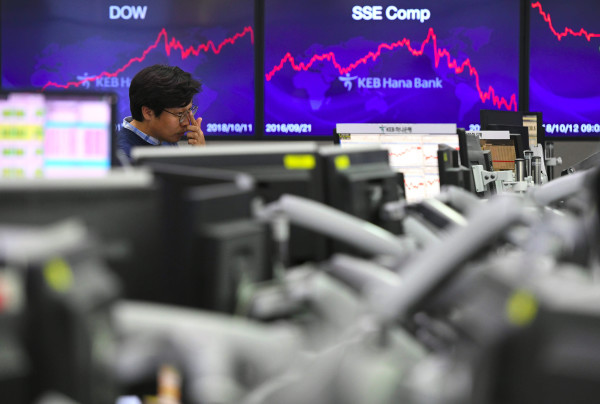Rising inflation puts pressure on central banks to tighten policy. The Fed has hinted at plans for a quick taper of asset purchases by mid-2022 and indications are that rate hikes could begin in 2023, earlier than previously signalled. Alongside the Fed’s taper commitment, the US Treasury is expected to rebuild the reserves it holds in the Treasury General Account, which it has been running down since early 2021.
This withdrawal of stimulus could create short-term volatility in bond markets, including rising treasury yields and widening credit spreads. Nonetheless, conditions are unlikely to tighten as sharply in 2022 as many fear.
While the Fed expects to taper at a pace of $15bn a month, the winding down of pandemic support means the supply of treasuries should also slow as the US budget deficit narrows. Certainly the market is taking it in its stride so far, with 10-year treasury yields currently only around 1.5 per cent even with rising inflation and the imminent prospect of tapering.
Huge debt levels mean central banks need to keep rates low.
Even in the face of structural inflation, central banks will need to keep interest rates low for a protracted period, at least until the end of the decade. The reason is the scale of public and private debt, which combined hit a new record of $296tn in 2021 (more than 350 per cent of global GDP), according to the Institute of International Finance. Fighting inflation no matter the cost, as the Paul Volcker-led Fed did 40 years ago, is simply not an option in 2022.
Allowing refinancing costs to balloon would risk a spiral of defaults, depressing economic growth and making it harder still to service debt payments. Central banks will therefore need to ease off tightening if credit spreads widen too much, and duration risk should be less than if policymakers were free to normalise more aggressively.
The system can only clear if real yields – that is, the yield on bonds minus inflation – stay low or go even lower. Yields on 10-year Treasury Inflation-Protected Securities are already less than minus 1 per cent and could easily fall to minus 2 per cent.
Growth is also a concern
Central banks will also be keeping an eye on growth. Economies are past peak growth following the rebound from the global lockdowns, and continue to face supply bottlenecks and higher energy prices.











